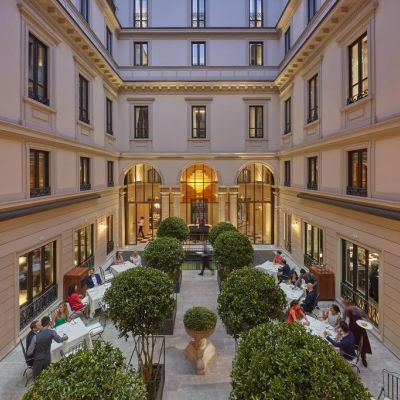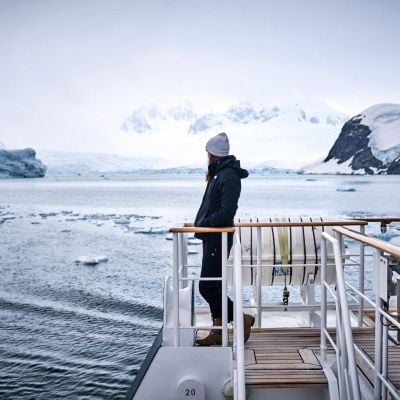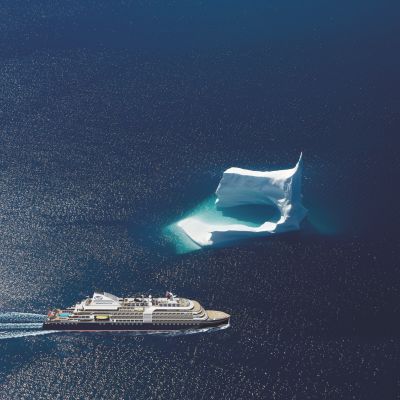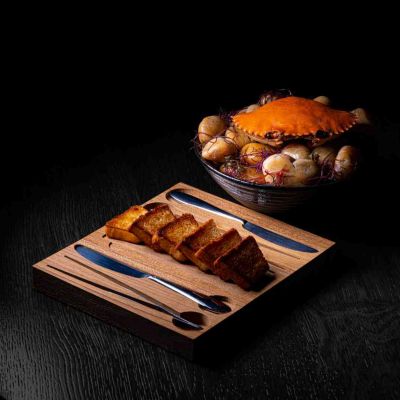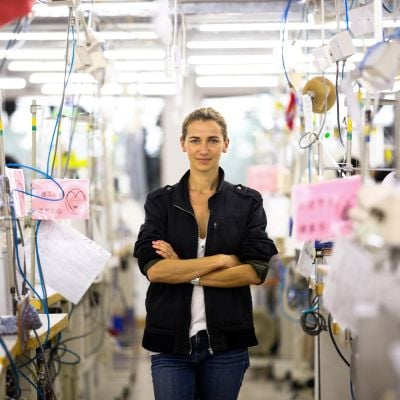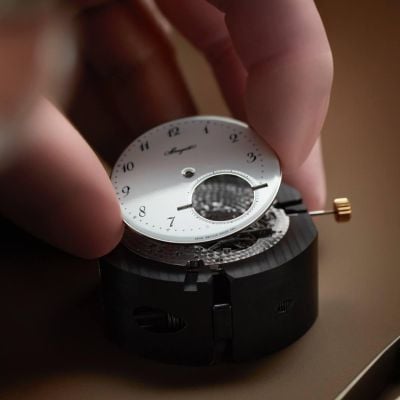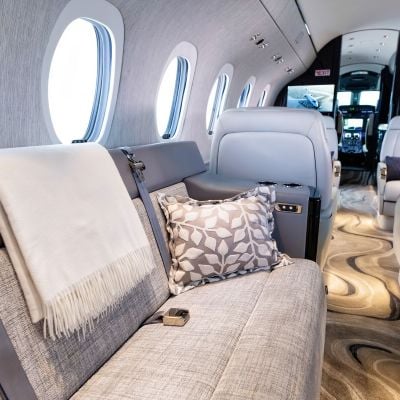The Prince Who Believes In Quality Over Brand
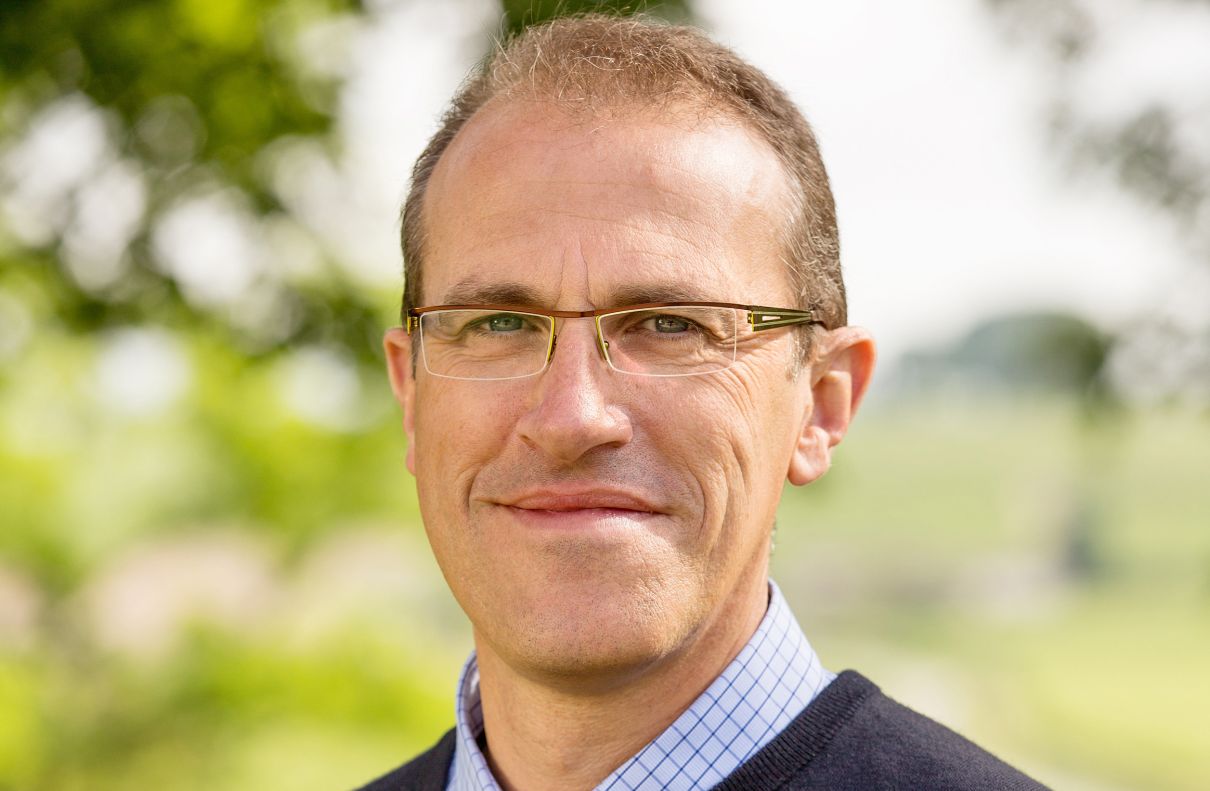
Prince Robert of Luxembourg shied away from his royal prefix as he built up the esteemed family Bordeaux business.
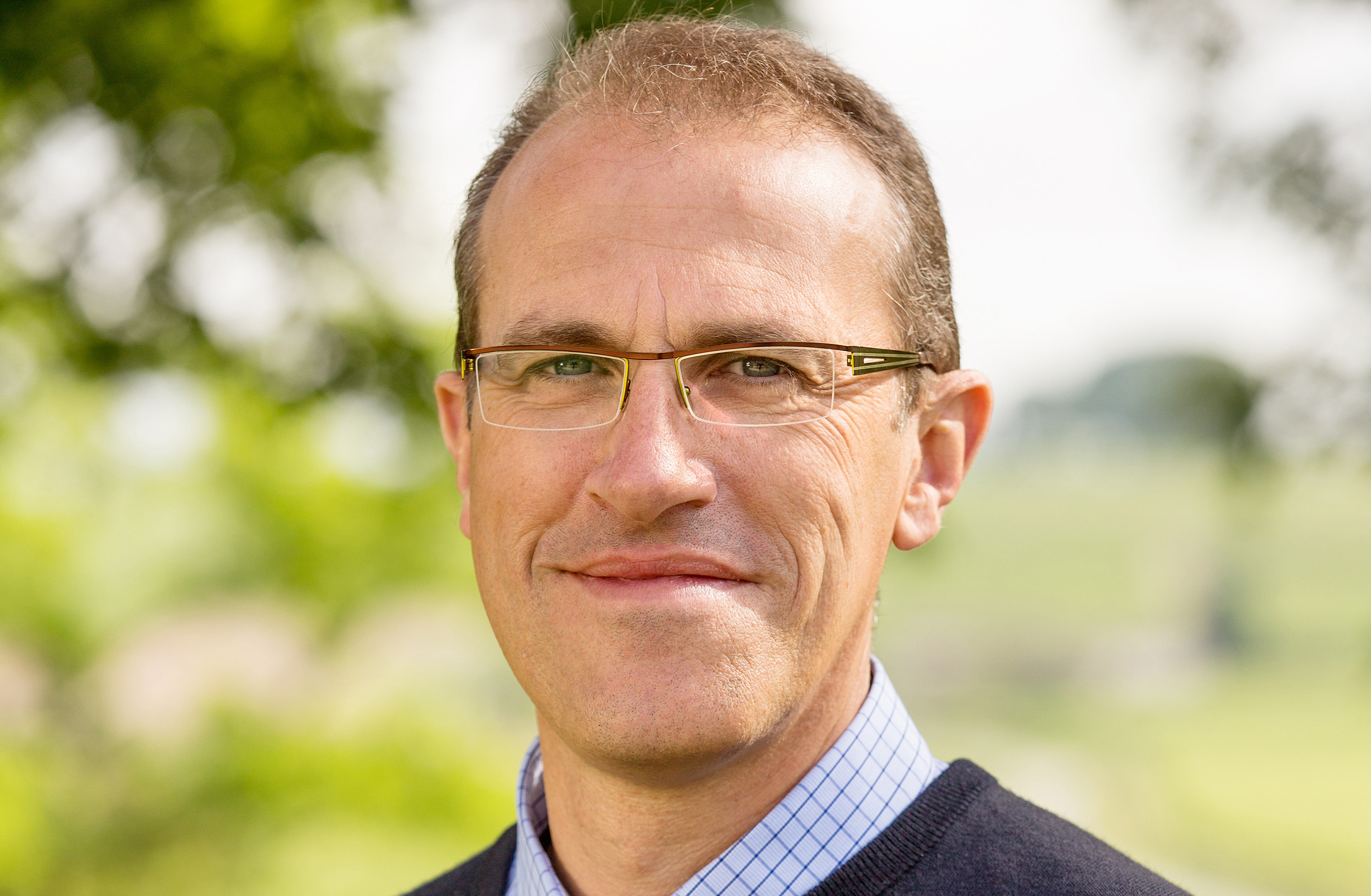
Things might have been very different for Robert Louis François Marie. Back in his 20s — he recently turned 50 — his then girlfriend was writing a screenplay based on Don Juan. He got involved and, as he puts it, before they knew it Steven Spielberg had given them the nod and they were enjoying “an extraordinary moment of having some very big names [in Hollywood] optioning this screenplay, which led to work on a number of projects and a lot of fun”. For a few years they typed away, “being wined and dined around town”.
Alas, none of the screenplays were produced. Besides which, Robert had another calling, also in the business of wining and dining: he joined Domaine Clarence Dillon, the fourth-generation family firm, founded in Pessac, France, in 1935 by his Wall Street banker great-grandfather, and owner of some of the world’s most prestigious estates. Among these are Château Haut-Brion and Château La Mission Haut-Brion, names to get oenophiles salivating. He also had another name to contend with: his full title is Prince Robert of Luxembourg.
“I had no interest in joining the company as a caretaker because the only way to be successful in this kind of family business is to create consistent but measurable growth. It can’t be a trophy asset and survive down through the generations,” argues Prince Robert, who joined the family business in 1997 and became president in 2008. “We had the savoir faire but not the faire savoir. We could make wine but weren’t so good at letting people know about it. We found that part slightly embarrassing.”
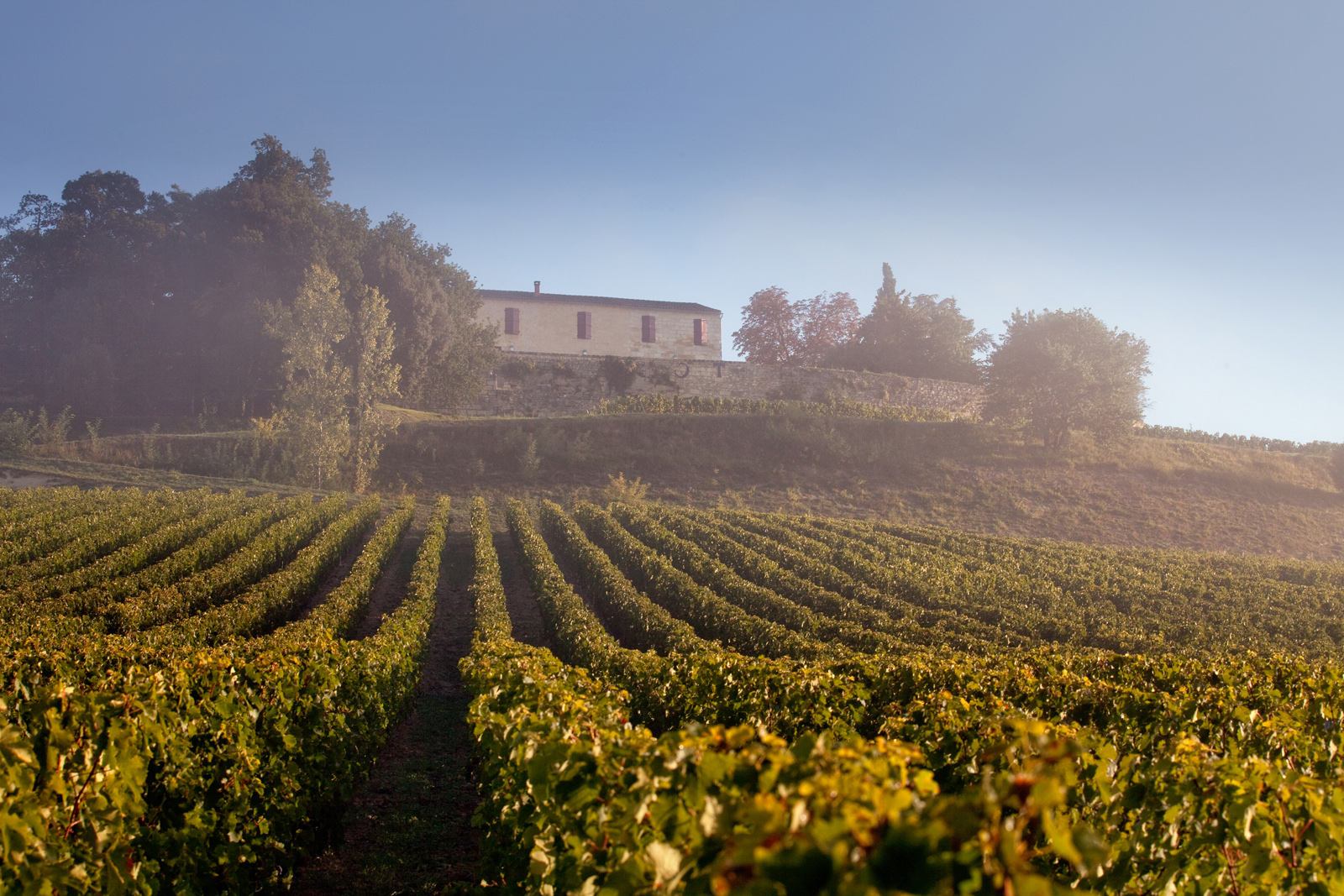
Haut-Brion, of course, hardly needs any fanfare. It’s made in small quantities, around 500 cases per year for the global market, and is highly esteemed. In 1521 it became the first Bordeaux wine to be named after its terroir, rather than its owner, and was arguably the first luxury wine brand. But Prince Robert has long been keen to introduce his Bordeaux wines to a younger consumer.
“There was, I felt, a general issue with Bordeaux being considered wines for an older generation, for the kind of people who buy wine and lay it down, like my father and grandfather did. But younger generations don’t want to do that,” explains Prince Robert. “And I was amazed to find that Bordeaux didn’t have a super-premium brand, despite being right next to Champagne.”
Brand building just hasn’t been part of the Bordeaux landscape, figuratively speaking.
So, in 2005 he put this lack right. Prince Robert broke ground in launching his first premium Bordeaux brand: Clarendelle, an ‘old-world’ counterpart to ‘new-world’ wines’ talent for creating widely recognised brand names. It’s a brand that is focused on pre-aged wines, ready to drink right after purchase, and initiates wine lovers in the blending traditions and techniques of the great Bordeaux producers.
“I remembered living in London when I was a young man, not having a cellar and wanting a good wine at an affordable price, ready for drinking straight away, and with a quality that was always similar to the previous vintage,” he says. “So that’s what we created. And it’s taken off. It recently reached a one-million bottles per annum target, with sales to 85 countries, such that Domaine Clarence is now building a dedicated warehouse for Clarendelle.
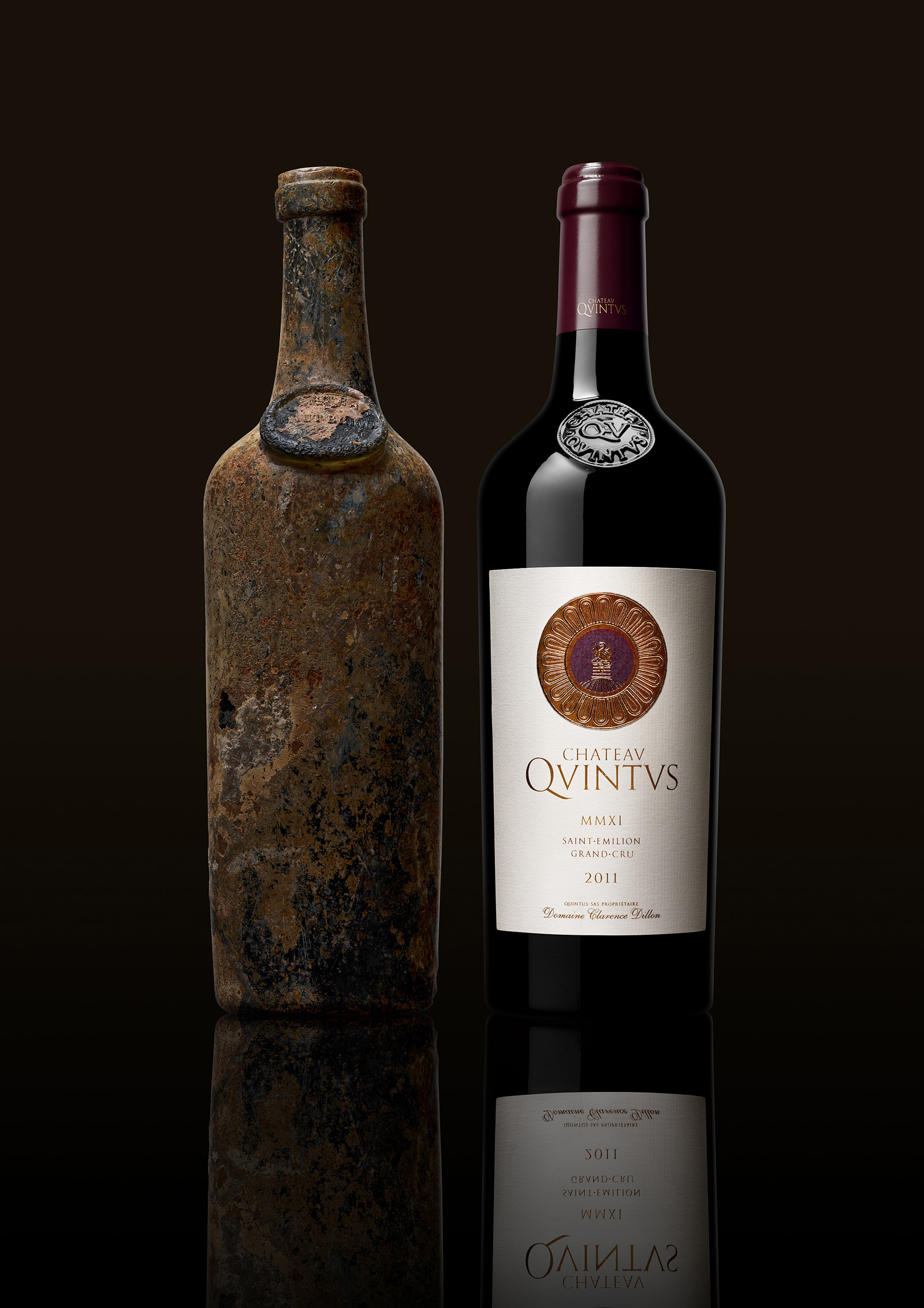
“The fact is that a lot of Bordeaux wines have disappeared from wine lists, replaced by new-world wines,” adds Prince Robert. “But younger sommeliers are discovering Bordeaux wines again.” And helping that happen satisfies a certain need in him. “I wouldn’t have said no to a career in screenwriting rather than wine,” he chuckles, “but I’m happy as long as what I do is creative. And winemaking is that.”
Indeed, launching Clarendelle was just the first of Prince Robert’s moves. In 2007, he built new cellars and a tasting room. In 2011 he led the acquisition of an estate in Saint-Émilion, renamed as Château Quintus, which two years later acquired the neighbouring Château L’Arrosée, with which it was combined. Quintus introduced a new bottle shape and, four years ago, with the opening of its Parisian head office, launched a fine-wine store and Le Clarence, a restaurant. As some indication of the success of Prince Robert’s revamp, last year the business joined Primum Familiae Vini, the prestigious association of historic families from the wine world, just 12 of them in all.
It’s a suitable club for a Prince, of course, not that Robert’s royal title has, it seems, been of much assistance, even in the rarefied world of elite wines. “I’ve gone by Robert Luxembourg. It’s just my name and I carry it for better or worse. But my title is not something I’ve even considered to be a tool in business,” he says. “In fact, it’s something I’ve always been wary of, which is why it’s not an active part of my professional life, even while I do what I can for Luxembourg. I’m sure that it probably brings an intrigue [to dealings]. But it’s not what matters. Today, consumers have the largest choice of good wines ever. So what matters is the quality of our product.”
This article originally appeared in Billionaire's June 2020 issue. To subscribe contact

